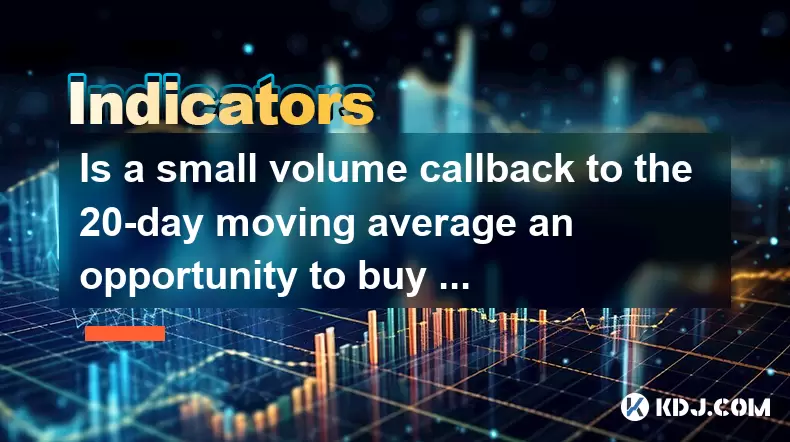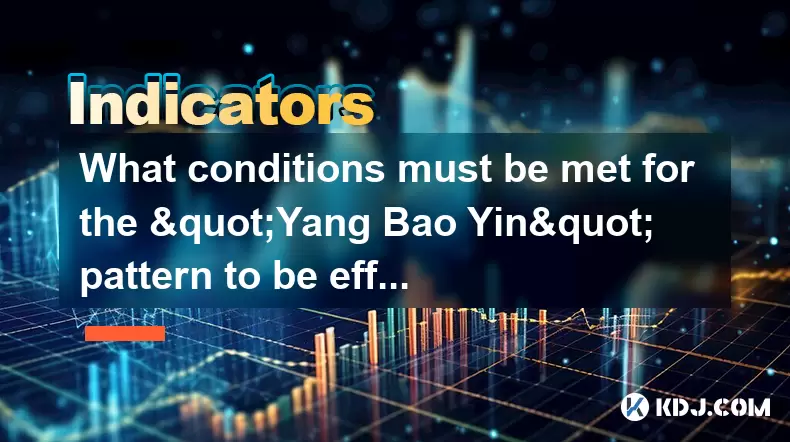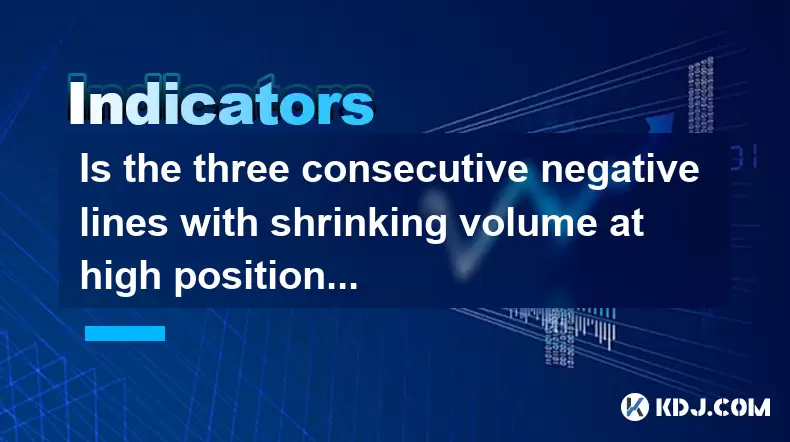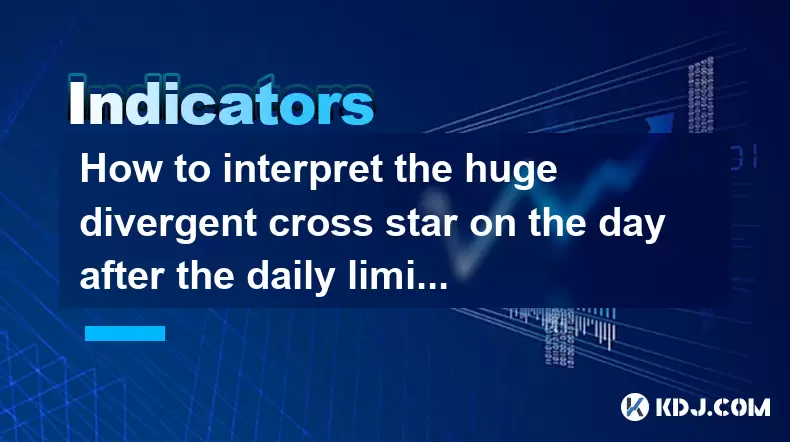-
 Bitcoin
Bitcoin $105,025.1724
0.07% -
 Ethereum
Ethereum $2,533.8989
0.12% -
 Tether USDt
Tether USDt $1.0004
0.00% -
 XRP
XRP $2.1698
0.97% -
 BNB
BNB $650.8047
-0.66% -
 Solana
Solana $145.7963
0.25% -
 USDC
USDC $1.0000
0.00% -
 Dogecoin
Dogecoin $0.1772
0.93% -
 TRON
TRON $0.2697
-1.56% -
 Cardano
Cardano $0.6367
-0.38% -
 Hyperliquid
Hyperliquid $41.4731
3.60% -
 Sui
Sui $3.0250
-0.14% -
 Chainlink
Chainlink $13.1768
-0.91% -
 Bitcoin Cash
Bitcoin Cash $434.8850
4.38% -
 UNUS SED LEO
UNUS SED LEO $9.0415
-0.20% -
 Stellar
Stellar $0.2595
0.05% -
 Avalanche
Avalanche $19.1109
-0.76% -
 Toncoin
Toncoin $3.0006
1.14% -
 Shiba Inu
Shiba Inu $0.0...01217
3.48% -
 Hedera
Hedera $0.1594
3.07% -
 Litecoin
Litecoin $86.3000
2.63% -
 Polkadot
Polkadot $3.7985
-1.20% -
 Ethena USDe
Ethena USDe $1.0003
0.00% -
 Monero
Monero $315.8904
0.03% -
 Dai
Dai $0.9998
0.00% -
 Bitget Token
Bitget Token $4.5397
0.27% -
 Pepe
Pepe $0.0...01112
3.53% -
 Uniswap
Uniswap $7.3135
0.65% -
 Pi
Pi $0.5862
4.89% -
 Aave
Aave $275.8013
-3.12%
Is a small volume callback to the 20-day moving average an opportunity to buy low? What is the key to look at?
A small volume callback to the 20DMA in crypto often signals a potential buying opportunity as selling pressure weakens and support forms.
Jun 14, 2025 at 02:28 am

Understanding the 20-Day Moving Average in Cryptocurrency Trading
In cryptocurrency trading, the 20-day moving average (20DMA) is a commonly used technical indicator that helps traders assess the short-term trend of an asset. It calculates the average price of a cryptocurrency over the last 20 days and smooths out price volatility. When a coin experiences a small volume callback to this level, it often raises questions about whether this is a favorable entry point.
The key here lies in understanding how the 20DMA interacts with market sentiment and volume patterns. In highly volatile crypto markets, prices frequently return to or hover around this average line. A small volume pullback suggests that selling pressure is minimal and that institutional or experienced traders may not be aggressively dumping their holdings.
What Does a Small Volume Callback Mean?
A small volume callback refers to a situation where the price drops toward a significant moving average—such as the 20DMA—but does so on relatively low trading volume. This indicates weak bearish conviction and can be interpreted as a sign of potential support forming at that level.
- Price dips near the 20DMA
- Volume remains below the average daily volume
- No major negative news affecting the asset
This pattern is especially relevant in cryptocurrencies due to their tendency for rapid price swings. Traders often monitor such behavior to identify possible accumulation phases before the next upward move.
Why Focus on the 20-Day Moving Average Specifically?
While many moving averages exist—like the 50DMA or 200DMA—the 20DMA is particularly useful for short-term traders and swing traders who are looking to enter positions quickly. Its responsiveness to recent price action makes it more sensitive than longer-term averages.
It acts as both support and resistance, depending on the current trend. In an uptrend, a retest of the 20DMA without breaking it can signal a continuation of the bullish momentum. Conversely, in a downtrend, a bounce off the 20DMA might indicate temporary relief but not necessarily a reversal.
Traders often combine the 20DMA with other tools like RSI or MACD to filter false signals and confirm the strength of the bounce.
How to Analyze Volume During the Callback
Volume plays a crucial role in confirming the validity of a callback. A low-volume pullback to the 20DMA suggests that sellers are not in control and buyers could step in soon. However, it's important to compare the volume during the drop with previous sessions.
To analyze this effectively:
- Compare current volume levels to the 20-day average volume
- Check if there’s divergence between price and volume
- Observe candlestick patterns near the 20DMA for reversal signs
If the price reaches the 20DMA on lower-than-average volume and forms a bullish candlestick like a hammer or engulfing pattern, it increases the probability of a bounce. On-chain data tools like Glassnode or CoinGecko can help verify volume trends alongside price charts.
Combining Price Action with the 20DMA Strategy
Price action analysis becomes critical when evaluating a potential buy near the 20DMA. Watching how the price behaves around this level can provide clues about whether the market sees it as support.
Look for the following signals:
- Price rejection at or above the 20DMA
- Bullish candlestick formations
- Tight consolidation after the pullback
When these elements align with a low-volume retracement, it enhances the reliability of the setup. Additionally, using Fibonacci retracement levels can help determine how deep the pullback is relative to the prior move.
Avoid entering immediately upon touching the 20DMA; instead, wait for confirmation through higher lows or increasing buying pressure in order books.
Risks and Considerations When Trading This Setup
Even though a small volume callback to the 20DMA may appear promising, it’s essential to remain cautious. Not all such setups result in immediate rallies. Several factors can undermine the effectiveness of this strategy:
- Market-wide volatility triggered by macroeconomic events
- Negative news specific to the project or sector
- Strong overhead resistance levels just above current price
Also, some assets may break below the 20DMA temporarily before resuming the trend. To mitigate risk:
- Use stop-loss orders below key support levels
- Limit position size until the bounce is confirmed
- Monitor broader market conditions before committing capital
By incorporating these precautions, traders can better manage exposure while still participating in potentially high-reward opportunities.
Frequently Asked Questions (FAQ)
Q: Can I use the 20DMA strategy on any cryptocurrency?
Yes, the 20DMA can be applied to any cryptocurrency chart. However, its effectiveness may vary based on the asset’s liquidity and volatility. High-cap coins like Bitcoin or Ethereum tend to respect moving averages more consistently than smaller altcoins.
Q: What time frame should I use when analyzing the 20DMA?
The 20DMA is most effective on the daily chart for swing trading purposes. Shorter time frames like 4-hour or 1-hour charts can be used for intraday entries once the daily structure supports a bounce.
Q: How do I know if the bounce from the 20DMA will continue upward?
Confirmation comes from follow-through volume and price closing above key resistance levels. If the rally lacks momentum or gets rejected again, it may signal a failed setup.
Q: Should I always wait for a callback to the 20DMA before buying?
Not necessarily. While it can offer good entry points, missing a strong breakout due to waiting for a pullback can also be costly. Use the 20DMA as one of several tools in your decision-making process.
Disclaimer:info@kdj.com
The information provided is not trading advice. kdj.com does not assume any responsibility for any investments made based on the information provided in this article. Cryptocurrencies are highly volatile and it is highly recommended that you invest with caution after thorough research!
If you believe that the content used on this website infringes your copyright, please contact us immediately (info@kdj.com) and we will delete it promptly.
- Toncoin (TON) Trading Pattern Shows Signs of an Approaching Breakout
- 2025-06-14 18:47:10
- title: XRP Price Records a Notable Recovery
- 2025-06-14 18:40:12
- Chainlink (LINK) Co-founder: Global Banks Poised to Embrace Chainlink
- 2025-06-14 18:35:12
- Dogecoin (DOGE) Holders Reach Nearly 8 Million, Surpassing XRP and USDC
- 2025-06-14 18:35:12
- Are meme coins finally making room for AI-driven contenders?
- 2025-06-14 18:30:12
- Can Pi Network Bounce Back as Price Slips Below $0.65?
- 2025-06-14 18:30:12
Related knowledge

How to calculate the probability of trend continuation after the MACD column divergence?
Jun 14,2025 at 08:01am
Understanding MACD Column DivergenceThe Moving Average Convergence Divergence (MACD) is a widely used technical indicator in cryptocurrency trading. The MACD column, also known as the histogram, represents the difference between the MACD line and the signal line. When price makes a new high or low but the MACD histogram does not confirm this movement, a...

What are the volume requirements for adjusting the K line in the "rising three methods" pattern?
Jun 14,2025 at 07:50am
Understanding the 'Rising Three Methods' Pattern in Cryptocurrency TradingThe 'rising three methods' pattern is a bullish continuation candlestick formation that traders often use to identify potential upward momentum in cryptocurrency price charts. This pattern typically appears during an uptrend and suggests that the trend is likely to continue after ...

What conditions must be met for the "Yang Bao Yin" pattern to be effective?
Jun 14,2025 at 06:42am
Understanding the 'Yang Bao Yin' Pattern in Cryptocurrency TradingThe Yang Bao Yin pattern is a candlestick formation commonly observed in technical analysis within the cryptocurrency market. This pattern typically signals a potential bullish reversal after a downtrend. However, for this pattern to be effective and reliable, certain conditions must be m...

Is the three consecutive negative lines with shrinking volume at high positions a signal that the main force has finished shipping?
Jun 14,2025 at 09:56am
Understanding the Concept of Three Consecutive Negative LinesIn cryptocurrency trading, three consecutive negative lines refer to a situation where an asset's price chart shows three successive candlesticks with closing prices lower than their opening prices. This pattern typically indicates bearish sentiment in the market. When this occurs at high posi...

Is it an opportunity for the long positive line with large volume to break through the platform and then shrink back?
Jun 14,2025 at 04:42am
Understanding the Long Positive Line with Large VolumeIn technical analysis, a long positive line refers to a candlestick pattern where the closing price is significantly higher than the opening price, often indicating strong buying pressure. When this occurs alongside large volume, it suggests that market participants are actively involved in pushing t...

How to interpret the huge divergent cross star on the day after the daily limit?
Jun 14,2025 at 02:35pm
Understanding the Divergent Cross Star PatternIn the realm of technical analysis within cryptocurrency trading, candlestick patterns are essential tools for predicting price movements. One such pattern is the divergent cross star, which appears as a doji or near-doji candle following a significant price move. When this pattern occurs the day after a dai...

How to calculate the probability of trend continuation after the MACD column divergence?
Jun 14,2025 at 08:01am
Understanding MACD Column DivergenceThe Moving Average Convergence Divergence (MACD) is a widely used technical indicator in cryptocurrency trading. The MACD column, also known as the histogram, represents the difference between the MACD line and the signal line. When price makes a new high or low but the MACD histogram does not confirm this movement, a...

What are the volume requirements for adjusting the K line in the "rising three methods" pattern?
Jun 14,2025 at 07:50am
Understanding the 'Rising Three Methods' Pattern in Cryptocurrency TradingThe 'rising three methods' pattern is a bullish continuation candlestick formation that traders often use to identify potential upward momentum in cryptocurrency price charts. This pattern typically appears during an uptrend and suggests that the trend is likely to continue after ...

What conditions must be met for the "Yang Bao Yin" pattern to be effective?
Jun 14,2025 at 06:42am
Understanding the 'Yang Bao Yin' Pattern in Cryptocurrency TradingThe Yang Bao Yin pattern is a candlestick formation commonly observed in technical analysis within the cryptocurrency market. This pattern typically signals a potential bullish reversal after a downtrend. However, for this pattern to be effective and reliable, certain conditions must be m...

Is the three consecutive negative lines with shrinking volume at high positions a signal that the main force has finished shipping?
Jun 14,2025 at 09:56am
Understanding the Concept of Three Consecutive Negative LinesIn cryptocurrency trading, three consecutive negative lines refer to a situation where an asset's price chart shows three successive candlesticks with closing prices lower than their opening prices. This pattern typically indicates bearish sentiment in the market. When this occurs at high posi...

Is it an opportunity for the long positive line with large volume to break through the platform and then shrink back?
Jun 14,2025 at 04:42am
Understanding the Long Positive Line with Large VolumeIn technical analysis, a long positive line refers to a candlestick pattern where the closing price is significantly higher than the opening price, often indicating strong buying pressure. When this occurs alongside large volume, it suggests that market participants are actively involved in pushing t...

How to interpret the huge divergent cross star on the day after the daily limit?
Jun 14,2025 at 02:35pm
Understanding the Divergent Cross Star PatternIn the realm of technical analysis within cryptocurrency trading, candlestick patterns are essential tools for predicting price movements. One such pattern is the divergent cross star, which appears as a doji or near-doji candle following a significant price move. When this pattern occurs the day after a dai...
See all articles

























































































